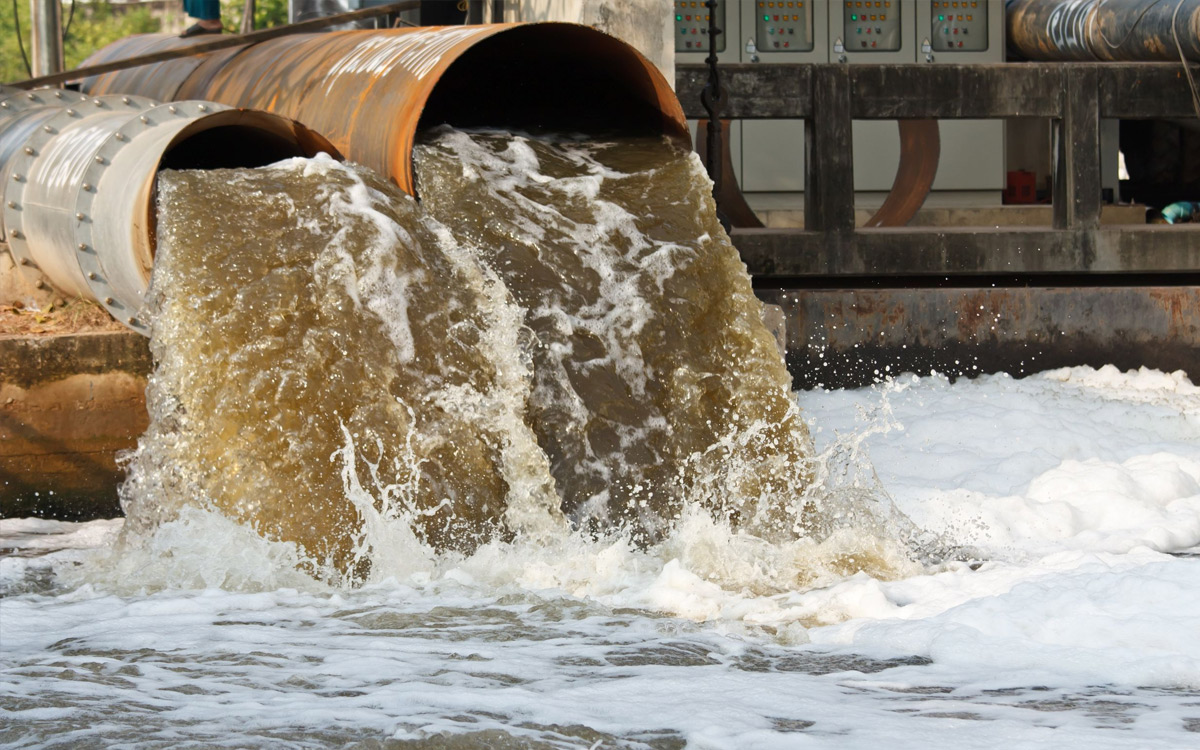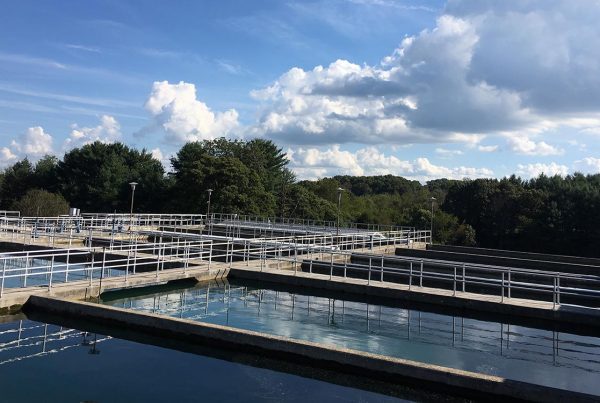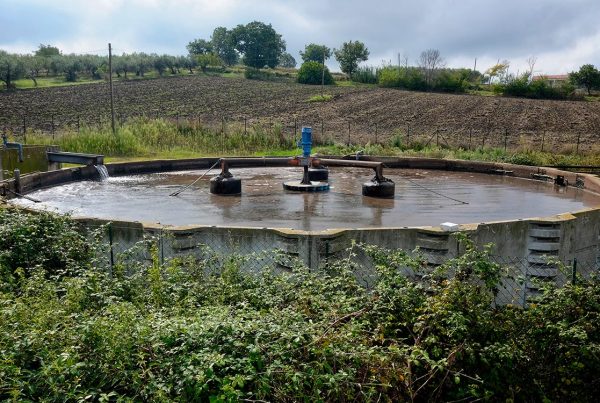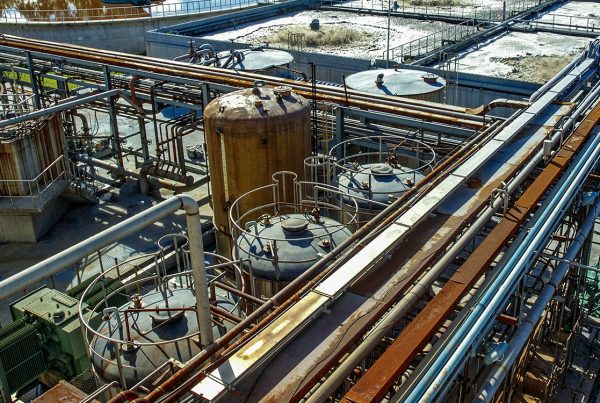PANIPAT, HARYANA
The Problem
Currently all untreated black water is going directly in to River Yamuna, below are a few pictures depicting the same. These pictures were taken in March 2015 on our visit to the location.
Site survey for Panipat undertaken by Bio2pure™ brought us face to face with the sad state of STPs (Sewage Treatment Plant) raised under the Yamuna Action Plan (YAP). These STPs (10 and 35 MLD at Panipat) otherwise spread over vast areas and carrying extensive infrastructure including machinery, rest houses, laboratory building, plantations, sedimentation and sludge reservoirs etc. have been working most inefficiently on account of poor or little maintenance and falling under capacity.
Discussions held with PHED engineers at the site revealed that the STP facilities commissioned in the year 1999 and 2000 functioned normally only for first few years and since then most often than not the sewage gets by passed on account of either lack of electric supply, the generator not functioning, or machinery being in need of repair.
For several years now the Public Health Engineering Department (PHED) has been outsourcing the plant maintenance to little trained contractors who appeared more interested in keeping the plant campus green in terms of plants and manicured lawns rather in how efficient their plant is working or not. In short the STP’s functioning leaves a lot to desire.
To treat the waste, 2 STP’s were installed on UASB technology many years ago and are under reconstruction and renovation phase. Even otherwise Bio2pure™ found the effluent characteristics after treatment from the STP’s were much more than the prescribed acceptable effluent standards as set by Haryana State Pollution Control Board (HSPCB).
As per the survey undertaken by Bio2pure™ during the months of June – August 2014 it was concluded that the Panipat wastewater comprises of:
- Domestic Sewage
- Industrial Sewage
- General Industry Waste
- Textile Industry Waste
The characteristics of effluent discharge for all the above categories is different, but the effluent from all these categories is being discharged into the river Yamuna [partly treated by conventional means (STP – now under renovation) and partly untreated].
Heavy Contamination from Dye Units


Figure: Level of colour contamination before and during treatment
Sludge in Final Polishing Units was 16 inches thick
Not been cleared for five years approx.

2nd polishing lane showing the growth of
Cyanobacteria and Algae.

Figure: Sludge reduction in the polishing lanes
The Solution
After a detailed analysis of the situation on site Bio2pure® recommended its Waste Water Treatment® solution for the POC of the 35MLD STP in Panipat. During our 2 month operations we had stopped dosing to see the results as can be seen in the graphs on the following pages.
The Result
The results for this POC completed in Panipat under the supervision of HSPCB and PHED from June 2014 until August 2014 are shared below. The tests were accompanied independently by Haryana test lab and were conclusively ratified by HSPCB and PHED Engineering Teams. As explained under the problem of this case, one of the polishing unit at the plant was closed and the sludge was not removed for last five years approx. which had a huge impact on our results:
Observations revealed that there was a substantial improvement of the effluent quality (BOD approx. 55%, COD approx. 56% and Ammonia approx. 64%).
Bio2pure® solutions further improved the efficiency of the plant to ccommodate large flow volume, for e.g. the plant capacity of Panipat was 35mld but it was
observed that the flow received was 50mld, dosing mode was not altered during that time
Bio2pure® products improved the quality and effluent by:
- Reducing foul odour
- Reducing BOD
- Reducing Ammonia level
- Reducing COD
Final Results
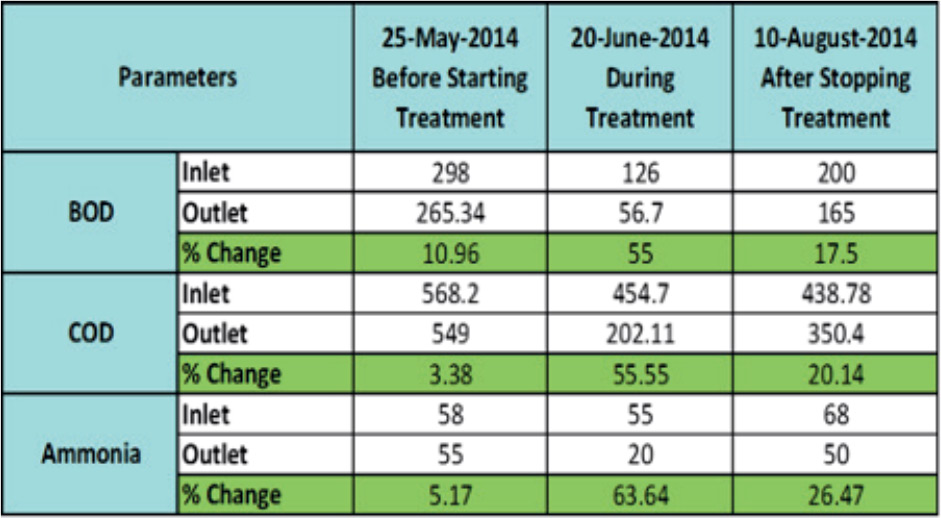
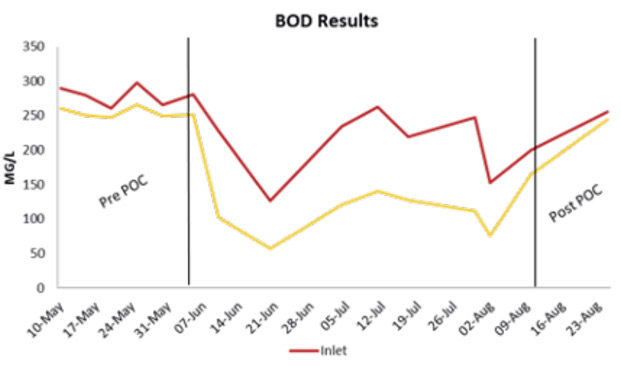


The above results were obtained under the following conditions prevailing at site:
- Sludge had not been removed for several years
- Maintenance of the Plant was poor
- Any treatment occurring was due to the bacterial inoculums; not the treatment system of the plant



